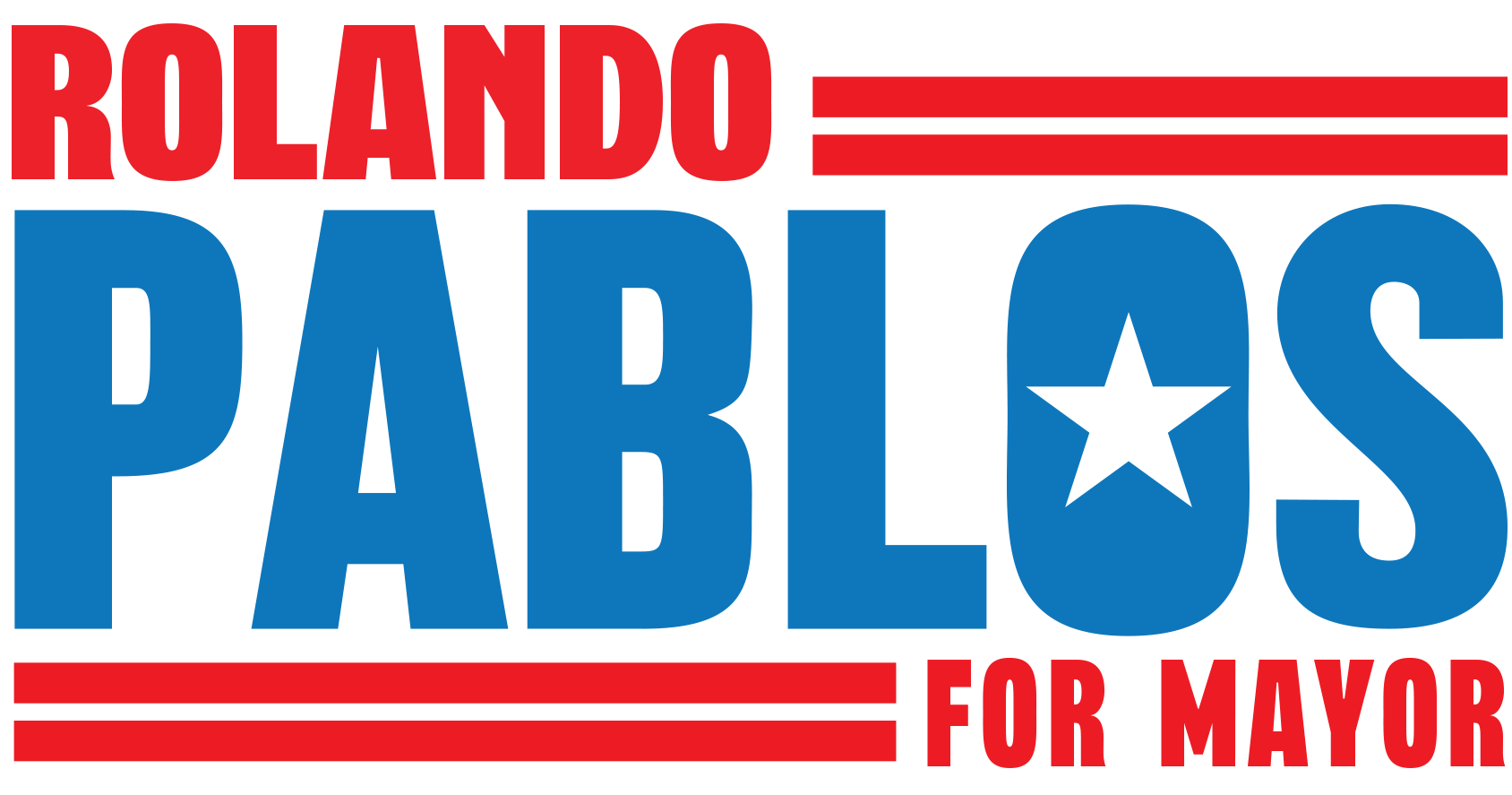San Antonio bar and restaurant owners are fighting to survive as rising costs, escalating rents, mounting debt, oppressive government interference, and staffing shortages push them to the brink. Each day brings news of yet another establishment closure in a heartbreaking trend that affects not just the owners, but also their employees and the families who depend on these jobs.
Every closure not only shatters an entrepreneur’s dream and disrupts lives, but also deals a blow to the city’s culture and vitality. The toll is enormous—neighborhoods lose gathering places, our local economy weakens, we lose our luster as a city, and the fabric of the community frays with every closing door.
Bars and restaurants are the lifeblood of our city’s economy, driving job creation, tourism, and neighborhood vitality. They are “Small Business USA” through and through. When they struggle, entire communities suffer— jobs vanish, tax revenues drop, and the city loses its cultural heart. These businesses don’t just serve food and drink; they fuel our local economy and define our creativity and quality of life. If we continue to let them fail and die in anonymity, the ripple effect will hit every corner of the city, crippling economic development and gutting the soul of our neighborhoods.
This is why our local government must be willing to step up with a sense of urgency and protect these struggling small businesses, most of which are women-owned businesses. City Hall has to be serious about stabilizing these small economic engines, and it will take swift and decisive action from someone with the skills and experience to execute this plan with a sense of urgency.
“My goal on day one as your mayor will be to correct this negative trend by focusing on fixing several issues at once: labor shortages, increasing rents, rising supply chain costs, government overreach, and post-COVID economic recovery. Below is my ten-point plan to offer bar and restaurant owners pragmatic, tangible and meaningful relief that addresses both short-term cash flow and long-term structural problems:
1. Tax Incentives and Grants for Staffing: Labor is a significant part of operation costs. Offer temporary tax breaks and grants to restaurants and bars to help hire new staff members or retain existing ones, giving businesses direct financial relief for workforce stabilization.
2. Create a Community Policing Initiative to Keep Establishments Safe: Perceived or real public safety concerns keep patrons away. Develop a special partnership between law enforcement and establishment owners, focusing on proactive communication, regular patrols, crime prevention, and safety training. Officers would work directly with bar and restaurant owners to identify and address potential security risks, ensuring a visible law enforcement presence to deter crime while building trust with patrons and staff. This initiative would prioritize collaboration, quick response, and community engagement to create a safer, more welcoming environment for both businesses and customers.
3. Facilitate Regulatory Compliance: Unchecked government oversight and mandates can be a barrier to profitability. Procurement, permitting and licensing delays can be overwhelming and costly. Cut through the red tape to fast-track and streamline the process for securing city contracts and necessary permits and licenses such as for zoning, expansions, outdoor seating, health inspections, etc. Also, work with state agencies to do the same, such as with liquor licenses. The fewer the bureaucratic delays and the less government intervention, the faster businesses can grow.
4. Rent Reduction Incentives for Commercial Spaces: The city can o er tax incentives to landlords who cap or reduce rent for bars and restaurants. This helps ease the strain on businesses trying to cope with skyrocketing rental costs.
5. Workforce Development Programs: Partner with NGOs, state government and local schools to create targeted culinary and hospitality vocational training programs. Focus on quick certifications, apprenticeships, and job placements to build a steady stream of qualified workers for the industry.
6. Subsidized Childcare for Restaurant Workers: Bar and restaurant work often involves nights and weekends, and lack of affordable childcare is a barrier for many potential workers. Subsidize or provide city and state supported childcare services for workers in these industries.
7. Transportation, Parking and Utility Discounts for Struggling Businesses: Coordinate with local utility providers to offer reduced rates or deferred payment programs for restaurants that can prove hardship. This could help alleviate cash flow issues for businesses struggling with rising costs. Offer reduced or free parking in key areas and improve public transportation options, such as increasing bus frequency and adding direct routes and convenient drop-off points. Collaborate with rideshare services for discounts to make access easier and boost patronage.
8. Professionalize the Industry: Provide state and city funding for training programs for bar and restaurant owners in areas like financial management, marketing, and customer service. Partnering with local experts, the city can help owners professionalize their operations, improve efficiency, and enhance the customer experience, ultimately making these businesses more competitive, profitable and sustainable.
9. Grant Programs for Digital Transformation: Encourage restaurants to adapt to the modern economy by providing state and local grants for tech adoption—like upgrading online ordering systems, delivery infrastructure, or integrating better reservation systems. Create grants to help them stay competitive in a post-COVID world where digital presence is vital.
10. Temporary “Business Recovery” Grants and Tax Cuts: Offer targeted relief for restaurants and bars that can demonstrate significant revenue loss due to issues beyond their control such as street construction, pandemic consequences and other ongoing issues. This should be a short-term measure, but it can provide breathing room.”
